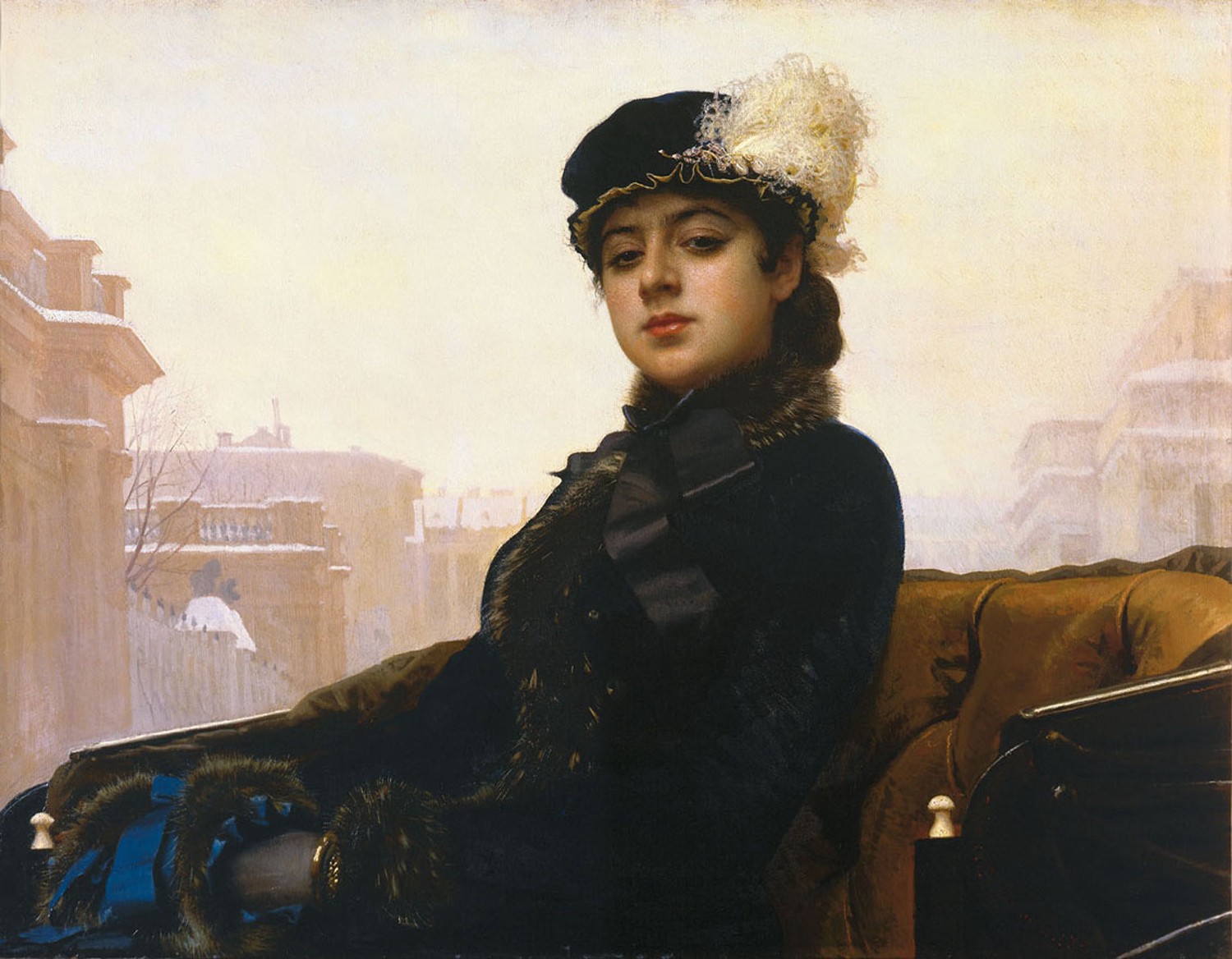Anna Karenina, the movie
I liked it, very much. I don’t really care whether it sticks to the novel (which, probable flaw in my judgement, I haven’t read) or not. Being mostly a story about “love” and adultery, my inner voice would have told me to avoid it, for it knows I’m not usually moved to tears by such things (I wonder whether this is actually true?), but my pretty irrational tension towards anything depicting events from the past gave me the good reason I needed to give it a chance. First of all, the setting. The whole action takes place in a theater, there are no outdoor scenes with amazing, freezing cold Russian landscapes as one would image, and there are no wide framings: everything is narrated as a fantastic, gigantic pièce de théâtre, with a continuously changing set. It’s metateather. You simply go from one place to the other by using doors and stairs in the theatre itself. Want to experience winter in Russia? Just open the back door and a wide snowy surface will stand at your feet. Want to travel between two cities? You’ll find yourself in a carriage if you use that small door over there. This trick succeeds in giving you the impression of a lively human society all closed into itself, with no concerns about what happens in the outside world, to the people who live out there. The only character who places himself outside from this scheme is Karenin, Anna’s husband, a honest, humble and quiet minister of the State. He is, in fact, the only one who does not really fit into the mechanisms of the narrated society, he’s the strong/weak and forgiving one who does not expect much from the others.
Then, the sounds. In addition to the scandalous balls and their music, the movie itself looks like a huge, magnificent, musical show. It never loses the spectator’s attention thanks to a mix of music, voices and sounds, all perfectly merged together to arrange some sort of harmonious composition. A perfectly constant rhythm controls all the actions performed: from the regular clang of stamping paper in a typhography to the mowing of wheat in the countryside, passing through the love scenes. Characters seem to sing over this rhythm when they talk. Third, the colours. Colours are vivid and contrasting. There is loads of black: elegant dresses of noblewomen, horse-led carriages, and the train, whose presence is pivotal to the story. There is also a relatively large share of whites: the snow, clearly, but also the co-protagonist tailored suits and the light in several scenes, which make the spectator’s eye focus on character’s expressions. I’m not going to comment on the plot, the book (or this movie, if you like me hadn’t read it) speaks for itself. But I found this cinematographic representation absolutely enjoyable.
